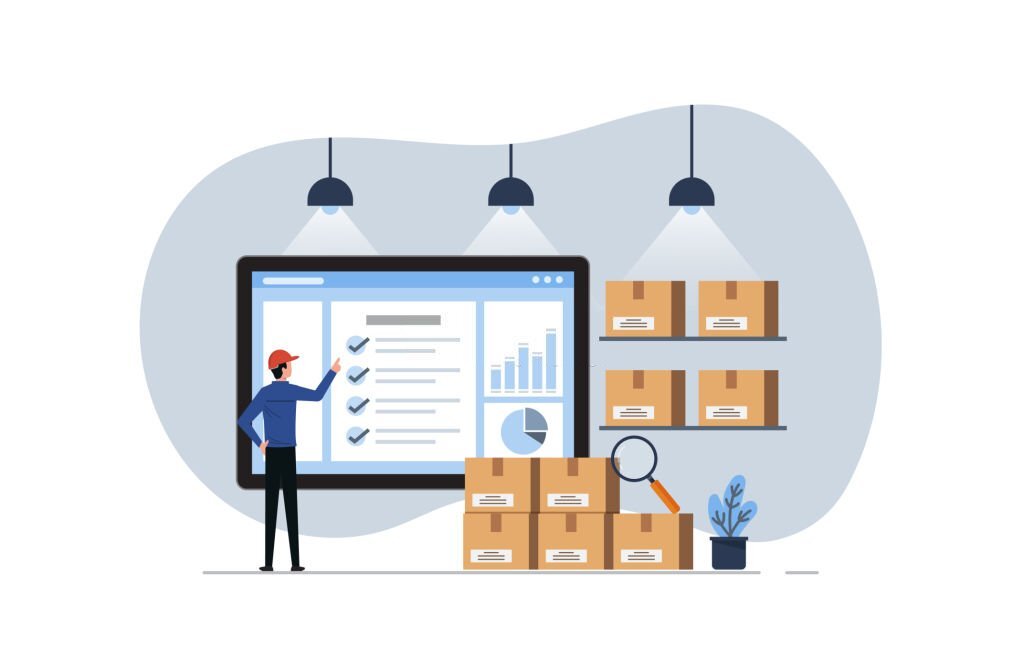As a business leader, you understand the importance of managing your company’s assets effectively. Fixed asset tracking is a critical component of asset management, ensuring that your organization’s valuable assets are accounted for, maintained, and utilized efficiently. In this blog, we’ll explore what fixed asset tracking is, why it’s essential for businesses, and delve into the best practices to ensure your organization’s assets are managed optimally. Additionally, we’ll explore how IoT solutions, such as Genic Assets IoT Platform, can support and enhance these best practices.
What Is Fixed Asset Tracking?
Fixed asset tracking is the process of monitoring and managing an organization’s fixed assets, which are tangible items such as machinery, equipment, vehicles, furniture, and land. These assets play a crucial role in a company’s operations and have a significant financial value. Fixed asset tracking system involves:
- Asset Identification: Assigning unique identifiers (e.g., barcodes or RFID tags) to each asset for easy identification and tracking.
- Recording Asset Details: Maintaining a comprehensive record of each asset, including purchase date, cost, location, and maintenance history.
- Monitoring Asset Movement: Tracking the movement of assets within the organization, such as transfers between departments or locations.
- Regular Auditing: Conducting periodic audits to verify the existence and condition of assets.
- Maintenance Tracking: Recording maintenance activities, repairs, and depreciation to ensure assets remain in optimal working condition.
Why Is Effective Fixed Asset Tracking Important For Businesses?
Effective fixed asset tracking is essential for several reasons:
1. Financial Accountability
Accurate tracking of assets ensures that they are reflected correctly in financial statements. This helps prevent overstatement or understatement of asset values, supporting financial transparency and compliance.
2. Cost Control
By monitoring asset usage and maintenance, businesses can identify opportunities to reduce operational costs, extend asset lifecycles, and optimize resource allocation.
3. Compliance and Reporting
Many industries and regulatory bodies require organizations to maintain accurate records of their fixed assets. Effective tracking helps meet compliance requirements and facilitates accurate reporting.
4. Preventing Loss and Theft
Fixed asset tracking helps prevent asset loss or theft by creating accountability and providing a record of asset movements.
5. Improved Decision-Making
Access to up-to-date asset data enables informed decision-making regarding maintenance, replacement, and resource allocation.
Fixed Asset Tracking Best Practices
To ensure effective fixed asset tracking, businesses should adopt the following best practices:
1. Asset Identification and Labeling
Assign unique identifiers (e.g., barcodes, QR codes, or RFID tags) to each asset. Ensure that labels are durable and can withstand environmental conditions.
2. Centralized Asset Database
Maintain a centralized database to record and track asset details. Include information such as purchase date, cost, location, custodian, and maintenance history.
3. Regular Audits
Conduct regular physical audits to verify the existence and condition of assets. Use mobile devices and scanning technology for efficient auditing.
4. Maintenance Records
Record all maintenance activities, repairs, and depreciation schedules. Implement preventive maintenance schedules to extend asset lifecycles.
5. Asset Tracking Software
Utilize asset tracking software to automate data entry and asset tracking processes. Modern software solutions offer real-time visibility and reporting capabilities.
6. Employee Training
Train employees responsible for asset management on fixed asset tracking best practices. Create awareness about the importance of accurate asset data.
7. Maintain Security Protocols
When implementing an IoT asset monitoring solution, security protocols must always be followed to prevent sensitive data from unauthorised access or manipulation by unscrupulous actors. In order to keep your system secure over time, it is also crucial to routinely update security protocols when new threats appear.
8. Leverage Advanced Analytics Tools
To get a deeper understanding of the fixed asset data gathered by an IoT asset tracking solution, advanced analytics technologies can be deployed. These technologies can assist businesses in identifying usage patterns, maintenance schedules, and other trends that may point to areas in need of improvement.
By giving organisations meaningful insights into how resources are being used across several departments or locations, analytics solutions can also assist organisations optimise their business processes.
9. Identify Key Performance Indicators (KPIs)
Key performance indicators (KPIs) should be chosen to gauge the success of an IoT asset tracking solution after it has been put into use. These KPIs could measure parameters like the typical interval between maintenance cycles or the typical turnaround time for customer support inquiries regarding the system-tracked assets.
How An IoT Solution Supports Fixed Asset Tracking Best Practices
The Internet of Things (IoT) has revolutionized fixed asset tracking by providing real-time visibility and data-driven insights. Here’s how an IoT solution, such as Genic Assets IoT Platform, can support and enhance fixed asset tracking best practices:
- Real-Time Tracking: IoT sensors attached to assets enable real-time tracking of their location and condition. This reduces the need for manual data entry and enhances asset visibility.
- Predictive Maintenance: IoT sensors can monitor asset performance and send alerts when maintenance is require. This proactive approach helps prevent costly breakdowns and extends asset lifecycles.
- Automated Data Entry: IoT solutions automate data entry by capturing asset information automatically. This reduces errors associated with manual data input.
- Analytics and Reporting: IoT platforms offer advanced analytics capabilities, allowing businesses to gain actionable insights from asset data. Customizable reports provide valuable information for decision-making.
- Security and Anti-Theft: IoT-enabled asset tracking enhances security by providing real-time alerts in case of asset movement or tampering. This helps prevent theft and loss.
Read More – IT hardware asset management
Implement Fixed Asset Tracking Best Practices Today With Genic Assets IoT Platform
Genic Assets IoT Platform is a comprehensive solution that empowers businesses to implement fixed asset tracking best practices effectively. With Genic Assets, you can:
- Achieve Real-Time Visibility: Monitor assets in real-time, knowing their location, condition, and usage.
- Enhance Maintenance Management: Implement predictive maintenance strategies to reduce downtime and costs.
- Streamline Audits: Conduct efficient physical audits using mobile devices and IoT sensors.
- Ensure Data Accuracy: Eliminate manual data entry errors with automated asset data capture.
- Improve Decision-Making: Access valuable insights and reports for informed decision-making.
Effective fixed asset tracking is essential for financial accountability, cost control, and compliance. By adopting best practices and leveraging IoT solutions like Genic Assets IoT Platform, businesses can optimize asset management and drive operational efficiency. Don’t wait to enhance your fixed asset tracking processes—start reaping the benefits today with Genic Assets.




